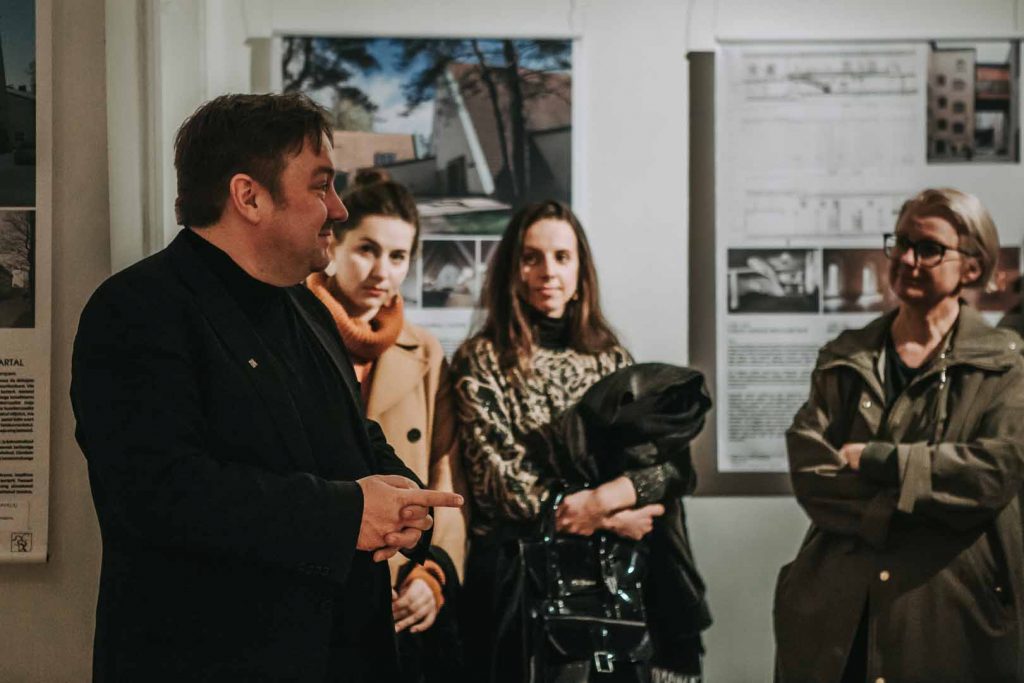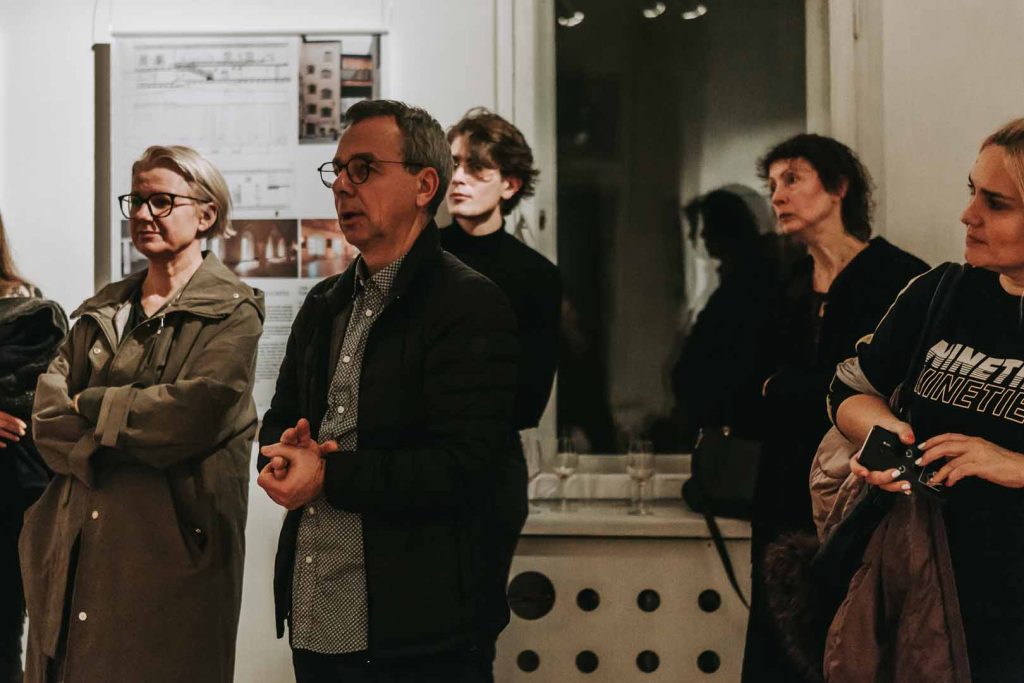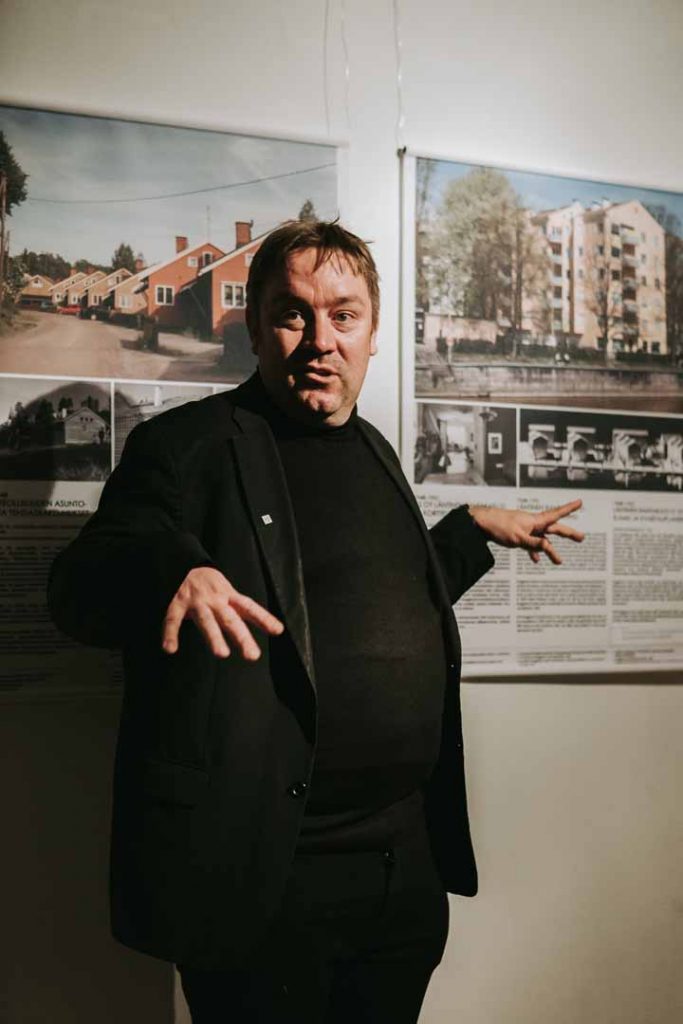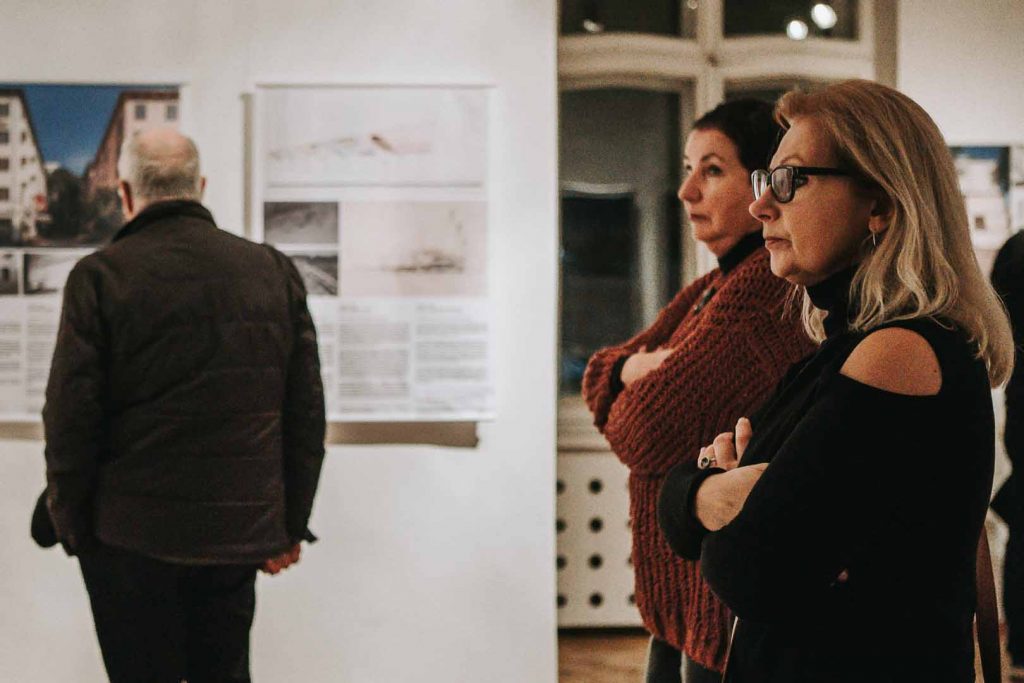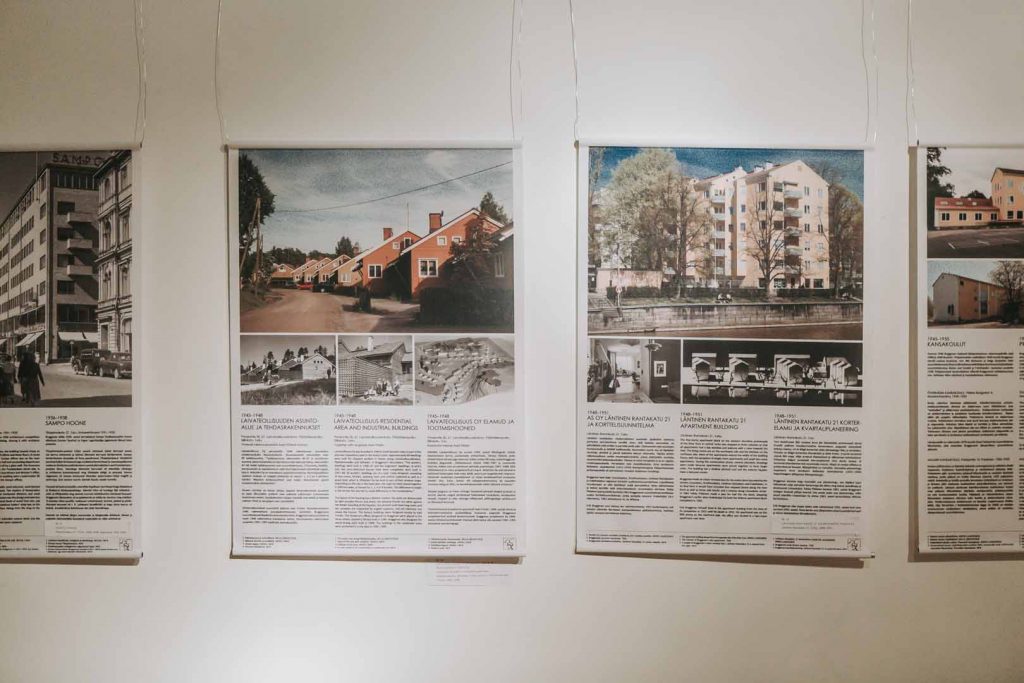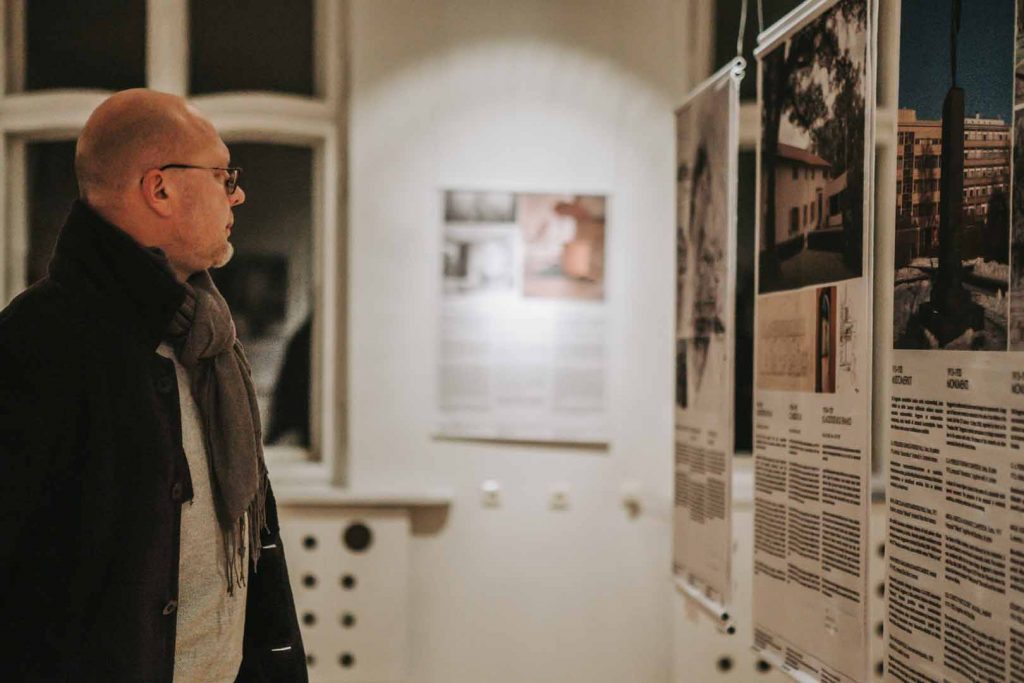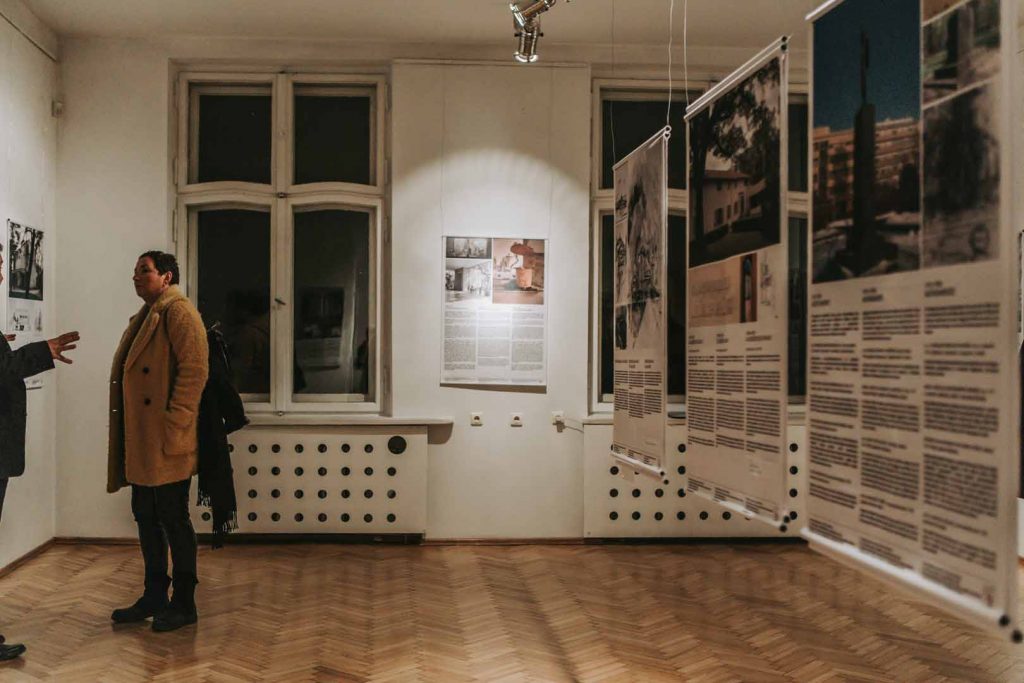Kauno Architektūros Festivalis
ARCHITECT Erik Bryggman
Kauno menininkų namai, Putvinskio g. 56
DATA: 2019-10-31
LAIKAS: Opening 18.00; (I – V 10:00 - 19:00)
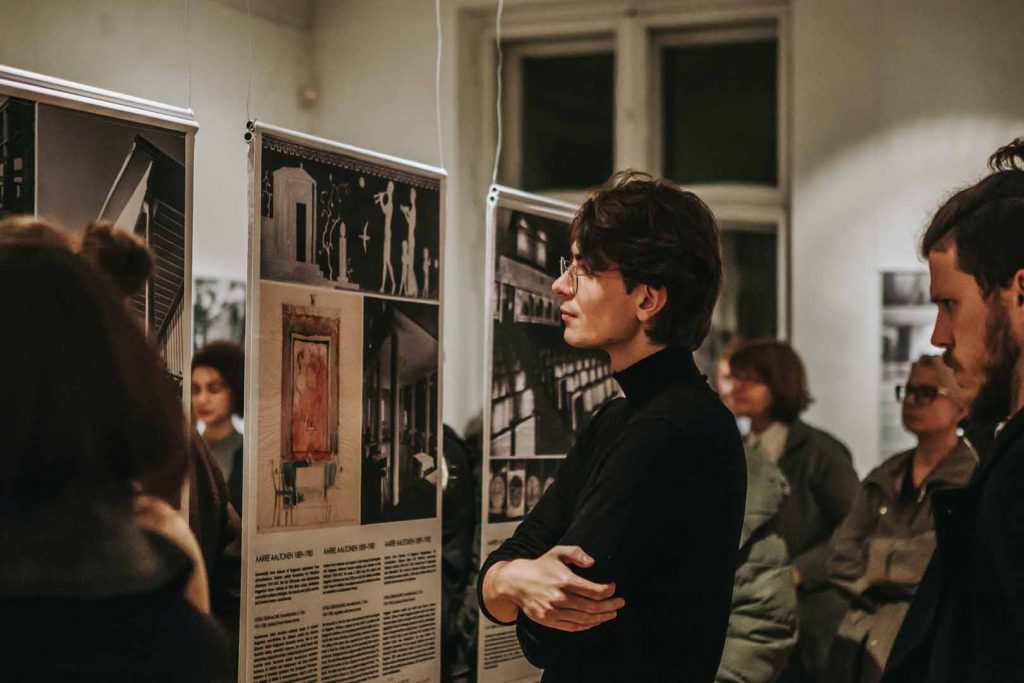
Architect Erik Bryggman (1891-1955): Nordic classicism, functionalism and new empiricsm
The exhibition presents the career of architect Erik Bryggman (1891-1955), one of the most important architects of Nordic classicism, functionalism and new empiricism. Bryggman introduced Functionalism in Finland together with Alvar Aalto, making it the nationally accepted style of architecture.
Erik Bryggman (1891–1955) was one of the most significant Finnish architects of his time. At the beginning of his career he designed a number of residential buildings in Turku in the Nordic Classicism style, which are considered some of the finest examples of this style in Finland. In 1927–1929 he, together with architects Alvar Aalto and Hilding Ekelund, introduced Functionalism to Finland. The Turku Fair (1929), designed jointly by Aalto and Bryggman, was a manifesto for Functionalism. The Vierumäki Sports Institute (1931–36), the Åbo Akademi University Book Tower (1934–35) and Sampo House (1936–38) are key Functionalist buildings in Finland. The Resurrection Chapel (1938–41) in Turku established Modernism in the design of Finnish churches. During the post-war reconstruction era Bryggman designed a number of schools, hospitals and residential buildings. His final design works include the Lappeenranta, Lohja and Honkanummi Funerary Chapels and the restoration of Turku Castle (1939-1961).
The Bryggman institute and the Estonian museum of architecture have combined an exhibition presenting Erik Bryggman’s architecture. The exhibition is based on Mikko Laaksonen’s book “Architect Erik Bryggman: Works” (Rakennustieto, 2016).
Curator: representative of Bryggman institute, Mikko Laaksonen
PARTNERS:


